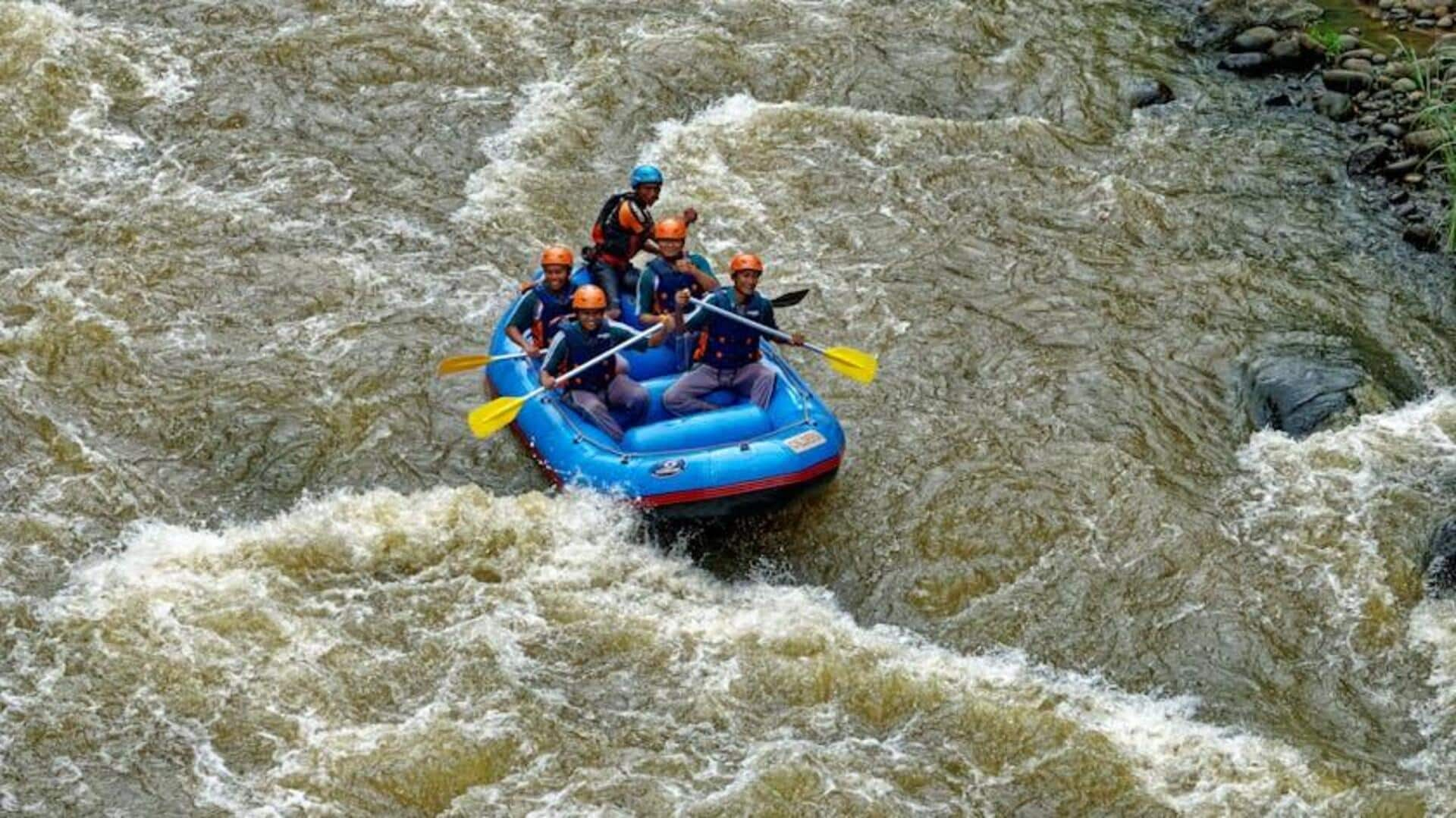
Rafting in Himalayan rivers: A beginner's guide
What's the story
Rafting in the ancient Himalayan rivers is an experience like no other; an adventure blended with history. Flowing through some of the most rugged terrains, these rivers have seen the oars of men for centuries. The secrets of rafting here lie not just in the thrill but also in knowing the historical significance and natural beauty around these waters. Here's how to make the most of your rafting journey through these majestic rivers.
River dynamics
Understanding river currents
The currents in Himalayan rivers depend on several factors such as snowmelt, rainfall, and terrain. Understanding these dynamics is essential for a safe rafting experience. The flow can differ greatly between seasons, with spring often bringing stronger currents due to melting snow. Rafters should also be mindful of potential hazards like rocks and sudden drops that can appear unexpectedly.
Gear selection
Choosing the right equipment
Choosing the right gear is critical for successfully navigating ancient Himalayan rivers. It is also essential to have a strong raft that would hold up against rocky conditions. Further, high-quality life jackets and helmets can offer much-needed protection from unexpected happenings. It is also recommended to invest in waterproof clothing to remain dry and comfortable throughout your expedition.
Ancient pathways
Navigating historical routes
Many of these rivers have been used as trade routes for centuries, giving rafters a historic view as they navigate them today. Knowing about these historical paths makes the rafting experience more enriching. Some portions might still have traces of old trading posts or settlements on its banks, giving an interesting background to your adventure.
Environmental awareness
Respecting local ecosystems
Rafting through these pristine environments calls for an understanding of local ecosystems and wildlife conservation efforts. Rafters must follow guidelines to minimize environmental impact, such as avoiding littering and respecting wildlife habitats along riverbanks. Being mindful of one's surroundings ensures that future generations can enjoy these natural wonders too.